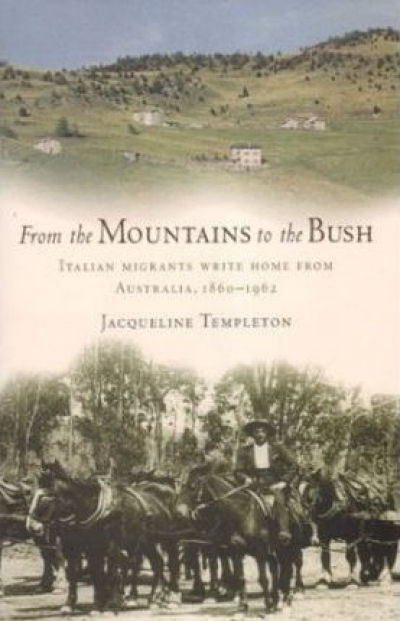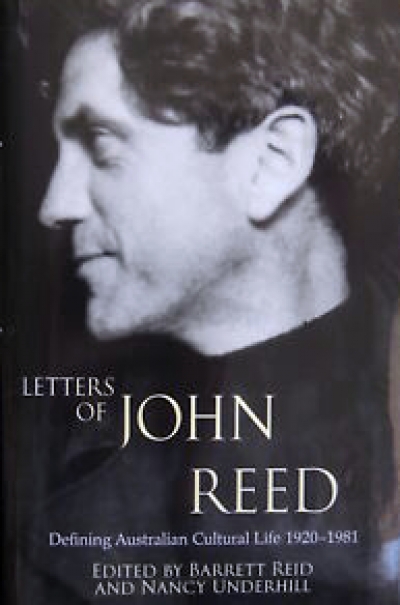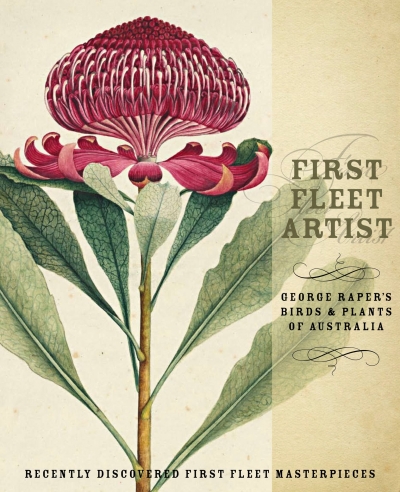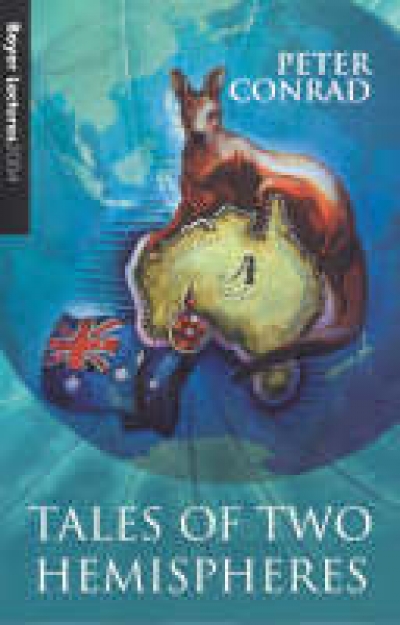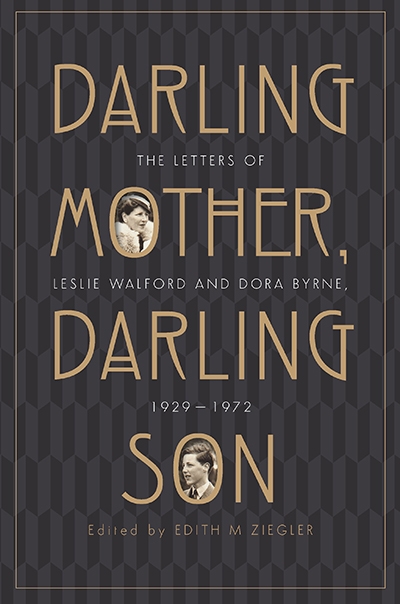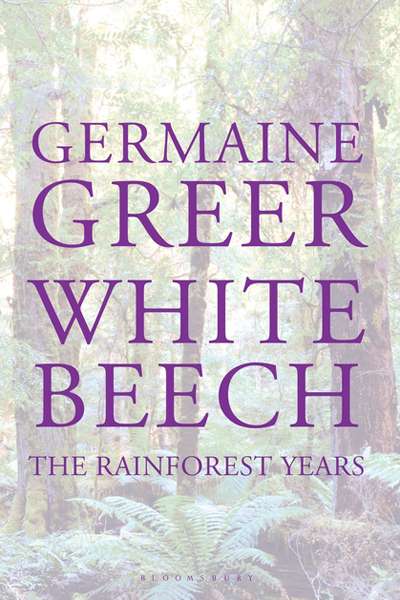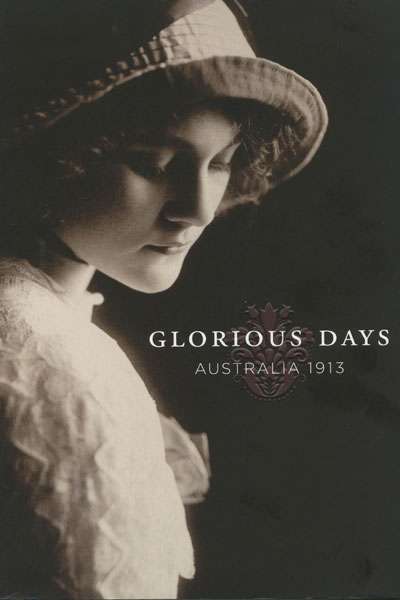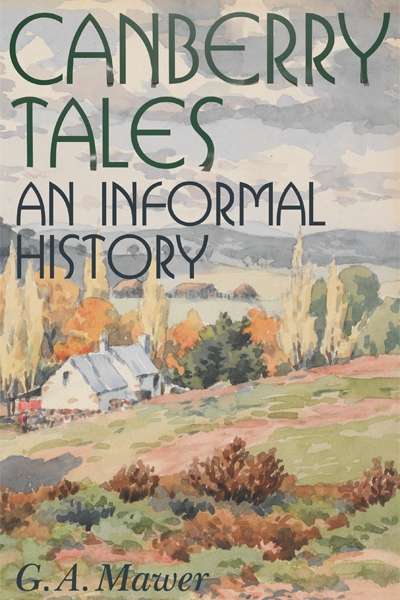John Thompson

John Thompson is a historian and writer now living in Sydney after a long career at the National Library of Australia in Canberra. He holds a doctorate in history from the Australian National University and has written for various journals. He is a frequent reviewer for Australian Book Review. The author of The Patrician and the Bloke: Geoffrey Serle and the Making of Australian History (2006), he co-edited (with Brenda Niall) The Oxford Book of Australian Letters (1998). His anthology Documents that Shaped Australia was published in 2010.
Under the umbrella of the State Library of New South Wales, the Mitchell Library in Sydney is one of Australia’s great cultural and collecting institutions. Opened to researchers in March 1910, the Mitchell Library was founded on the ‘peerless collection’ of books, manuscripts, maps, and pictures relating to Australia and the Pacific bequeathed to the then Public Library of New South Wales b ... (read more)
The public legacy of the art patrons John and Sunday Reed endures in various ways. Their influence is a strand in the story of the notorious ‘Ern Malley’ literary hoax. They played a major role in the emergence in the 1940s of an important circle of Melbourne modernist painters, including Sidney Nolan, Albert Tucker, and Arthur Boyd. Against the forces of conservatism and resistance, John Reed ... (read more)
Late in 2005, after months of delicate negotiations, the National Library of Australia announced a remarkable coup: the purchase of a previously unknown collection of fifty-six watercolours of botanical and ornithological subjects drawn and painted in Sydney in the years 1788–90, the cradle period of European settlement in Port Jackson. The significance of these paintings, unsigned and undated, ... (read more)
At the age of twenty, Peter Conrad slammed his Australian door shut behind him. He was travelling into the ‘wider world’, away from his native Tasmania to take up his Rhodes scholarship at Oxford; he went with barely a backwards glance. Growing up as an omnivorous reader of English literature in the years of what he has called his ‘colonial childhood’, the young Conrad had become increasin ... (read more)
On his death in February 2012, Leslie Nicholl Walford, the man who right from the outset of his career had determined to shift Australian taste away from drab interiors filled with Victorian brown furniture, was saluted as one of Australia’s most influential interior designers. With a sensibility honed in Paris, where he attended Le Centre d’Art et de Techniques (1954–55), Walford’s prefer ... (read more)
Clear-eyed, unsentimental, but compassionate, with a nicely honed flair for story-telling, Graeme Davison is one of Australia’s master historians. Now Emeritus Professor of History at Monash University, his early training was in R.M. Crawford’s so-called Melbourne History School, where it was simply assumed that books would be written. Crawford’s department at the University of Melbourne pro ... (read more)
Melbourne historian Ian Britain has commented that Germaine Greer’s The Female Eunuch (1970) – her first and still best-known work – was ‘a book of outrage: an exposé, a jeremiad, a manifesto’. More than forty years after the Eunuch made Greer an instant international celebrity, her latest book is written in a different mood. Still spirited and sparring (could Greer ever be otherwise?), ... (read more)
Not altogether surprisingly, the centenary this year of the foundation and naming of Canberra as the national capital of Australia has passed without any conspicuous celebration of the event beyond the confines of the city itself. Conceived to embody and represent the aspirations of the new Australian nation, unfettered by the rivalries and jealousies of the states, Canberra has always been held i ... (read more)
I n 2013, Australians will celebrate the centenary of modern Canberra. This singular anniversary – intensely local but also emphatically national – commemorates not the actual building of the capital (that process was fraught and would not gather pace until the 1920s), but rather the optimistic laying on 12 March 1913 of three foundation stones for the grandiosely named Commencement Column on ... (read more)

